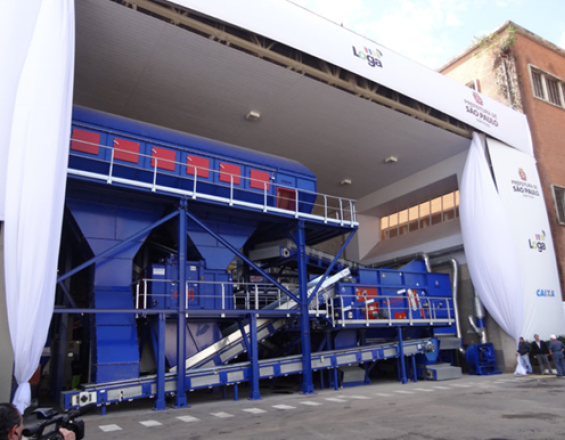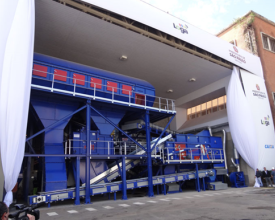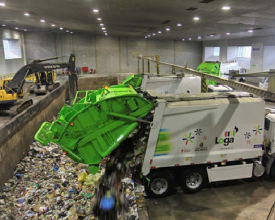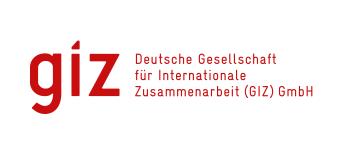
Recovery of Recyclable Materials at a SP Sorting Center

Logística Ambiental de São Paulo (LOGA) installed in the city of São Paulo the first Mechanized Sorting Center with the objective of multiplying the reception and sorting capacity of recyclable materials of the public waste collection system.
Installed in the northwest cluster, near the city center, this unit was designed with a capacity to receive 250 tons of dry waste daily, reintroducing these materials into the production chain as raw material. This generates direct income for local employees and indirect income throughout the reverse logistics chain, and reduces the costs of transporting and disposing of waste that would otherwise be eliminated. In addition, it contributes significantly to the preservation of the environment, either with the reductions obtained in the destination stages, transportation and the use of virgin material in traditional production lines.
Impacts
Operating since 2014, this sorting unit is commemorated as a benchmark in waste management, aligned with the National Waste Policy and the Integrated Solid Waste Management Plan of the city.
After its installation, the recovery and commercialization of recyclables generated income for at least 80 cooperators, who began to work in the different stages of sorting and received, in several cases, training in safety, guidance on management and the search for efficiency, as well as training in machine and equipment operations.
In this period, this plant has already recovered more than 90,000 tons of materials that have returned to the production lines as raw material, reducing the use of natural resources and other inputs. This has had direct effects on production costs, in addition to promoting and generating wealth throughout the production chain fed by reverse logistics.
This model of Mechanized Sorting Center can be replicated at various scales, always focusing on the maximum possible recovery of dry recyclable materials, adapting to different city profiles. With attention to the necessary balance to make the investment and its benefits viable, we can extend this implementation proposal to municipalities or consortiums of municipalities with more than 1 million inhabitants.





